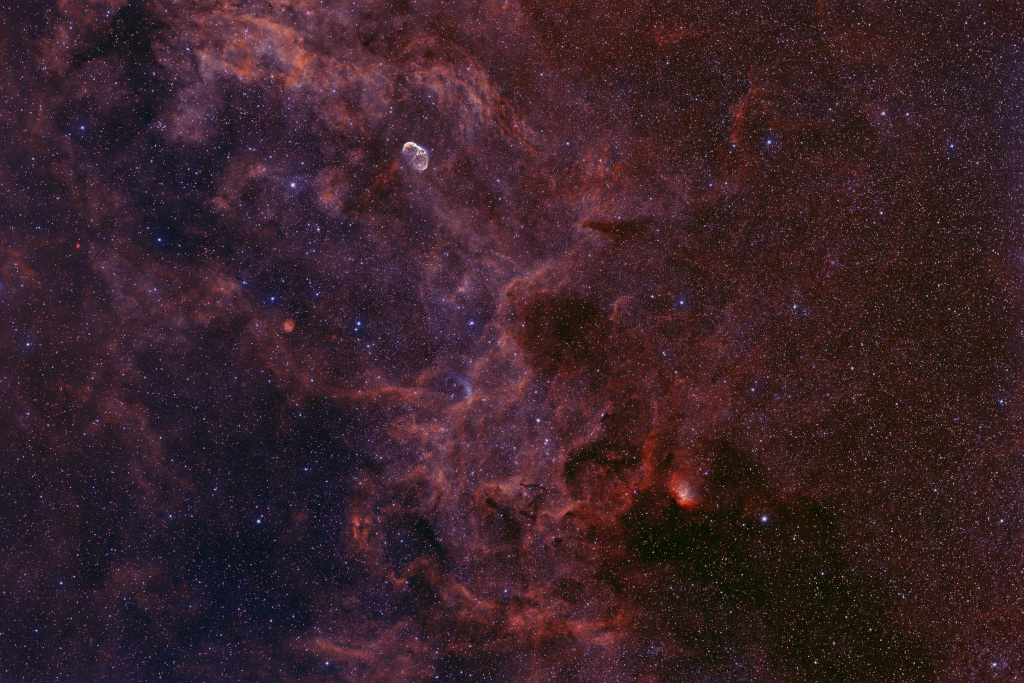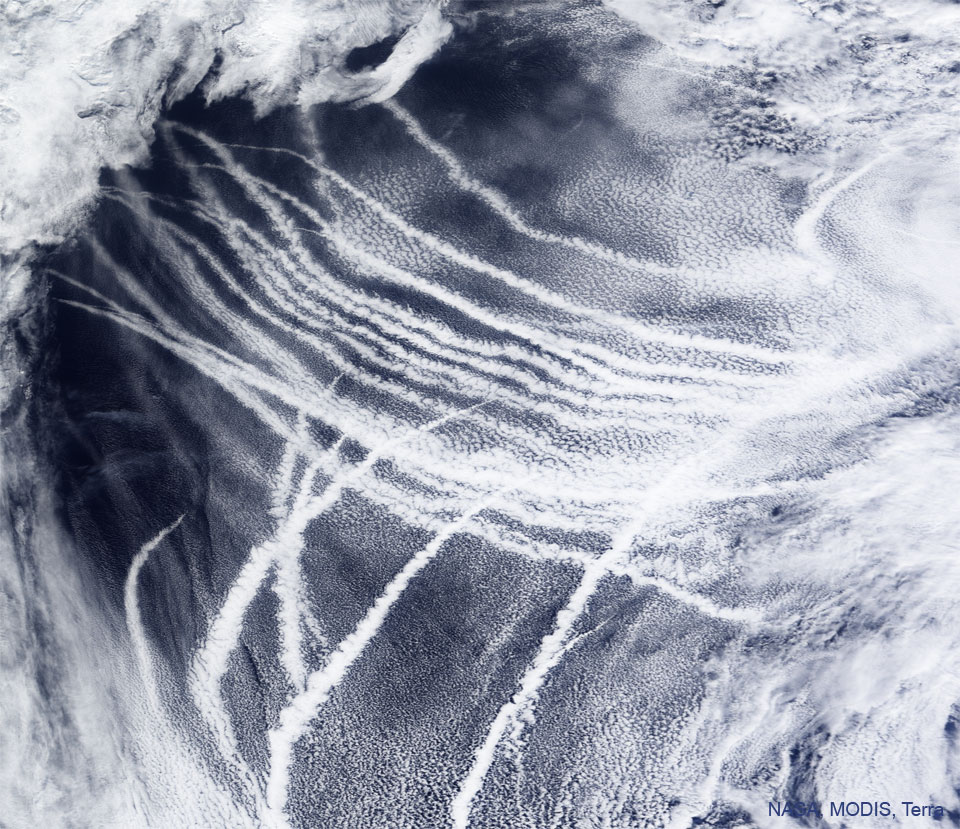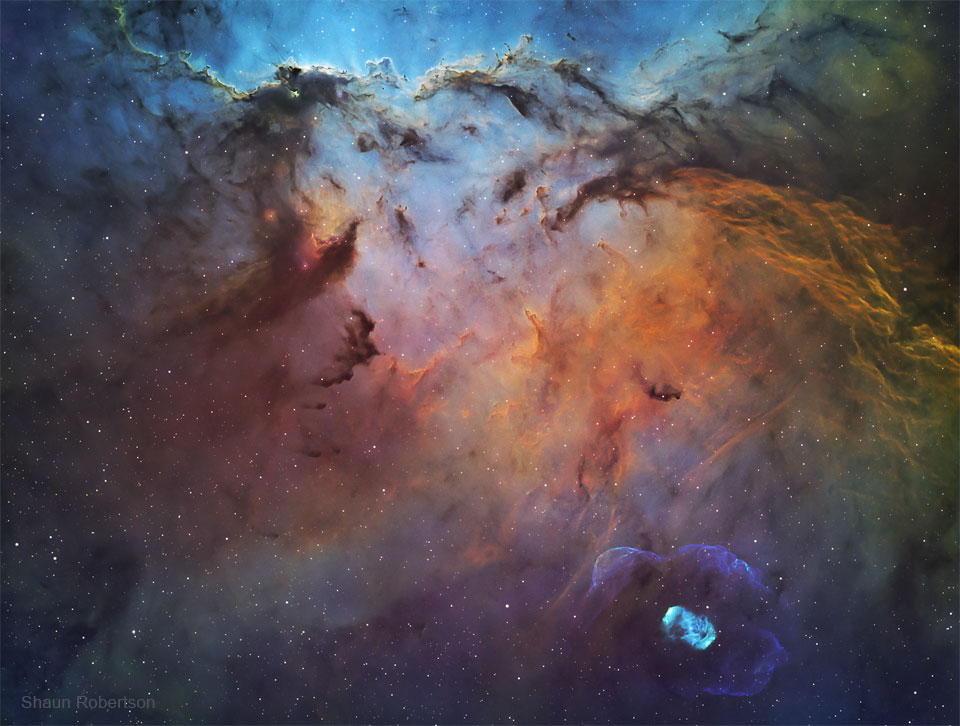
When Galaxy Clusters Collide



NASA Administrator Bill Nelson helped hand out food with an extra serving of STEM activities to children and families at New Beginnings Church – The Gathering Place in Orlando, Florida, on Friday, June 3.
from NASA https://ift.tt/szK6bO2
via IFTTT
NASA Administrator Bill Nelson and Deputy Administrator Pam Melroy will travel to Noordwijk, Netherlands, to participate in the ESA (European Space Agency) Council Meeting on Wednesday, June 15.
from NASA https://ift.tt/vAgWlmn
via IFTTT
NASA and the Federal Emergency Management Agency (FEMA) have released a guide which provides resources for adapting to and mitigating impacts of climate change.
from NASA https://ift.tt/HVvsRy2
via IFTTT


NASA is inviting media to see a technology that could one day help land humans on Mars after it is inflated for the final time on Earth before its spaceflight demonstration later this year.
from NASA https://ift.tt/QK8gz7s
via IFTTT

